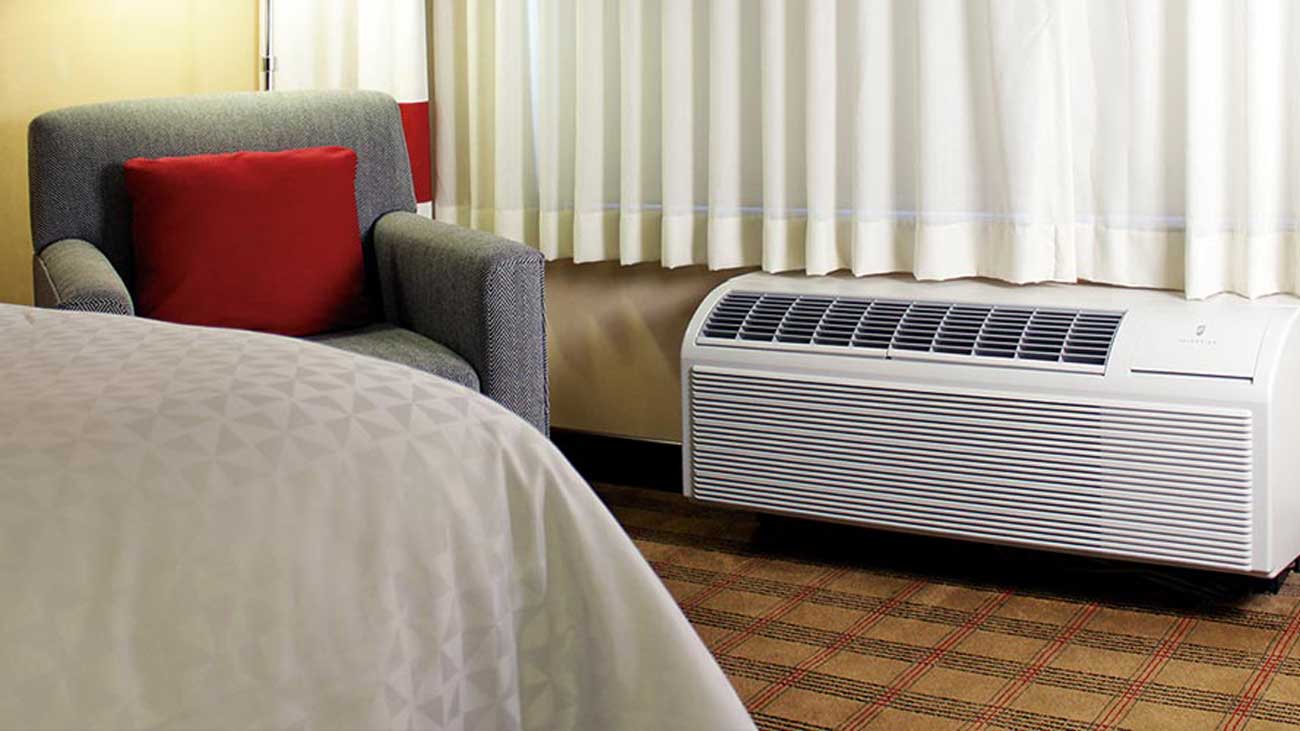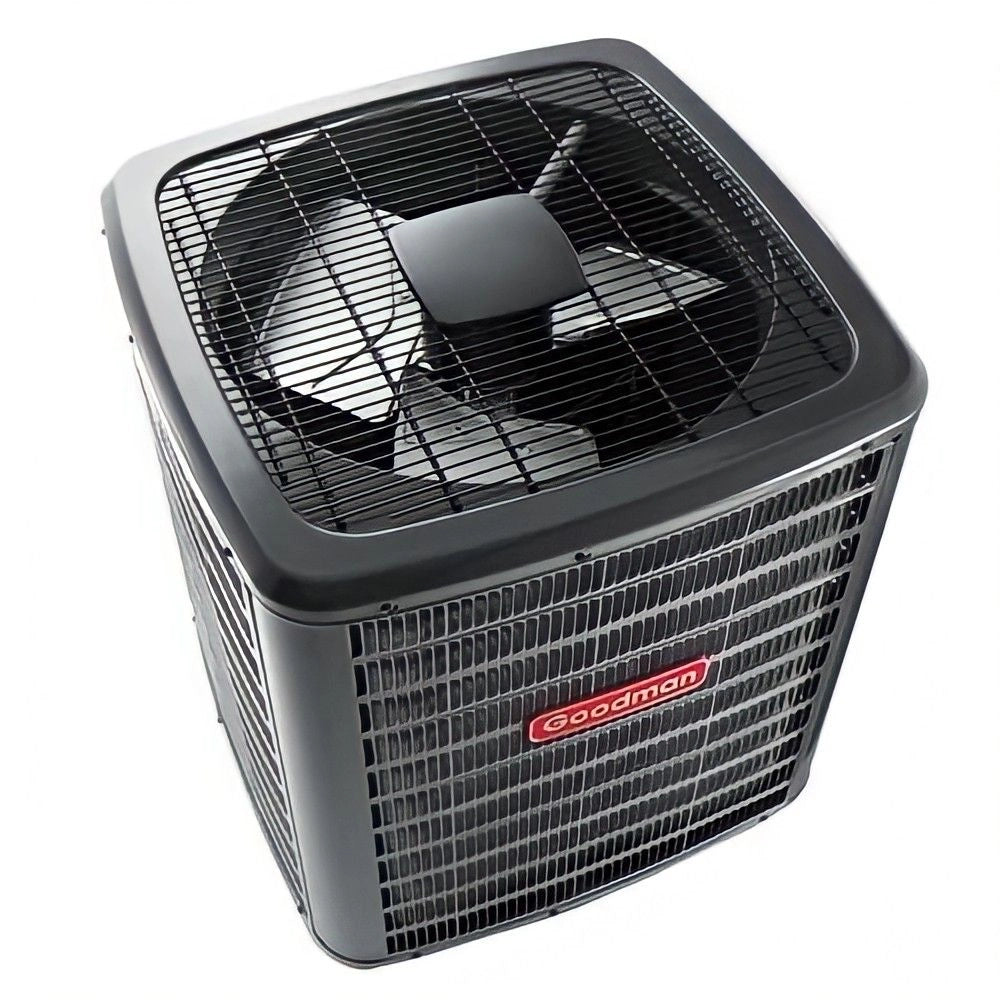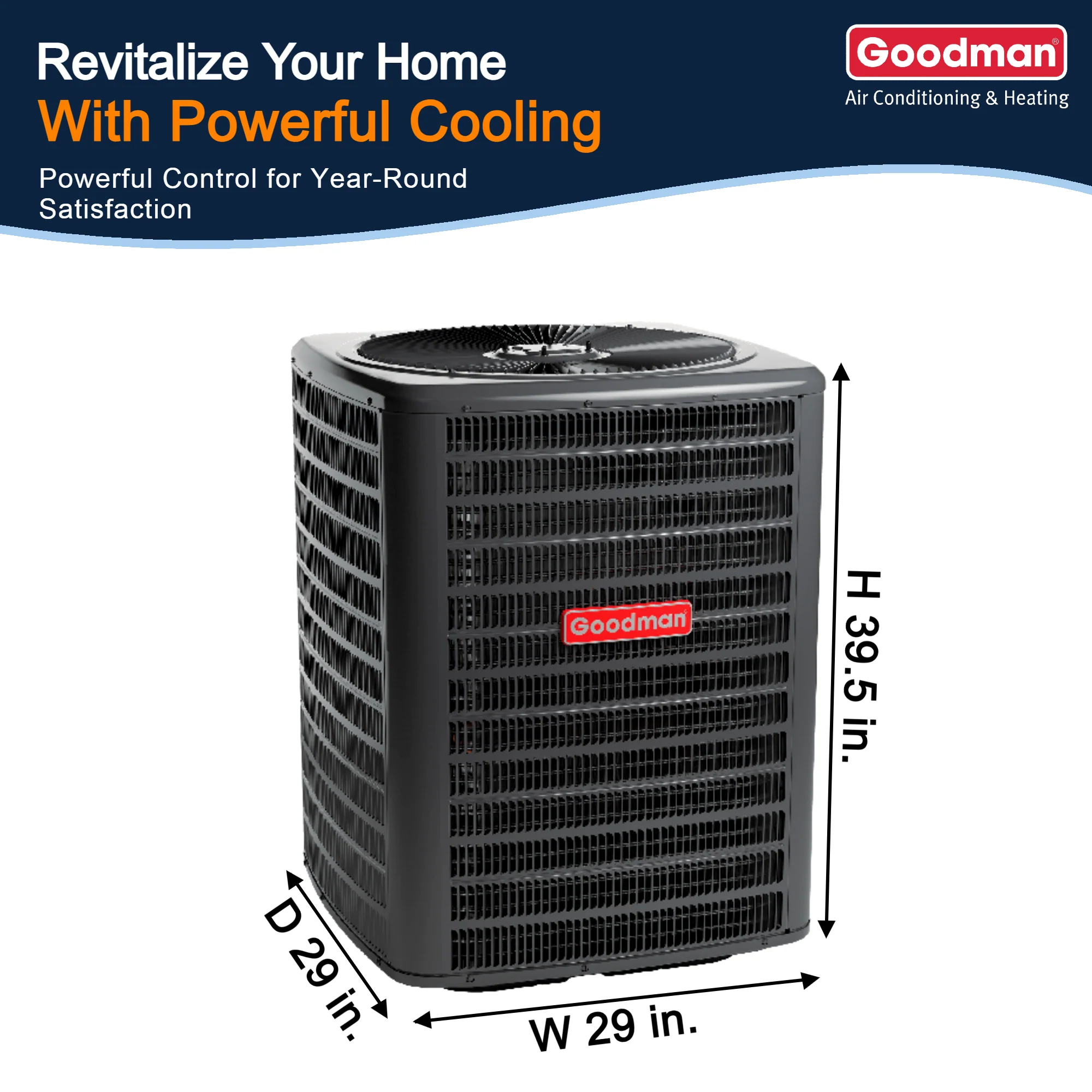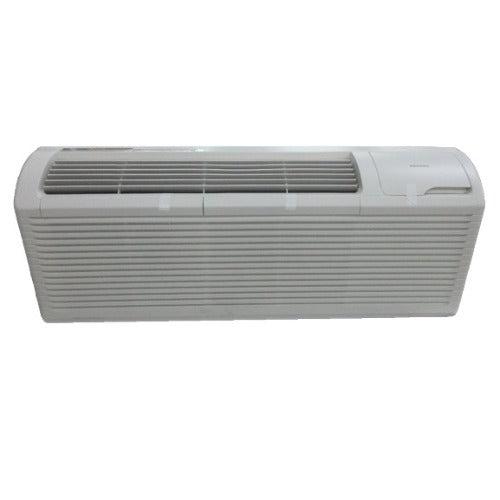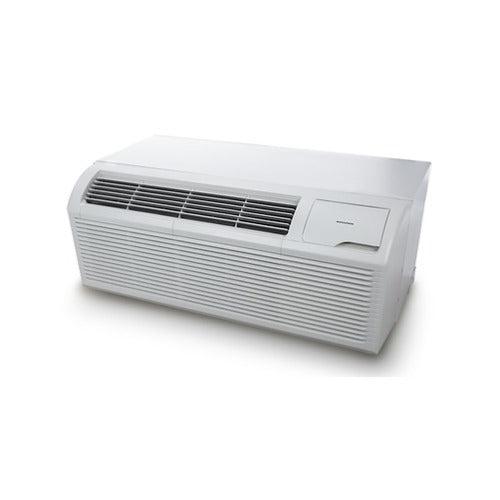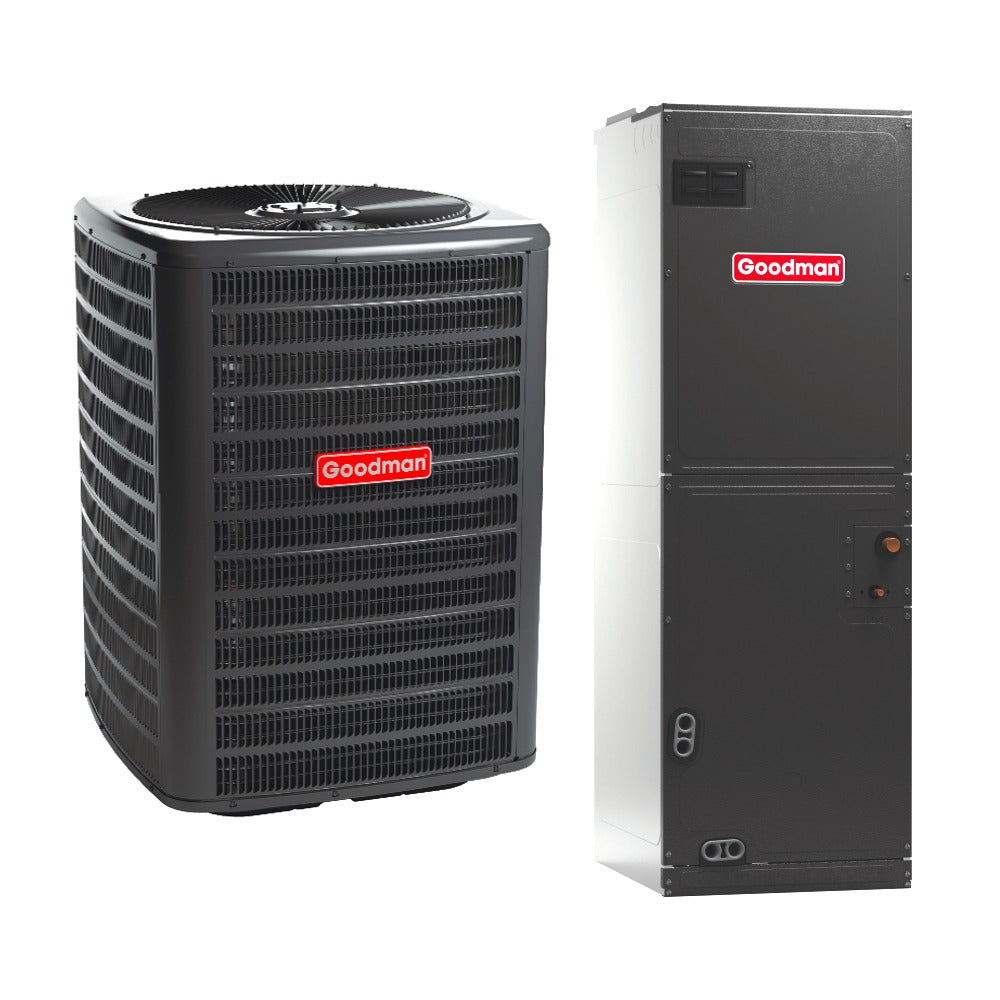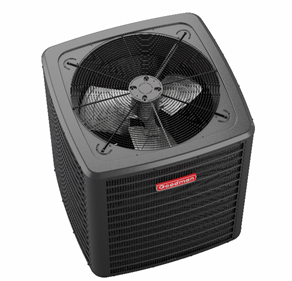How to Choose the Right R-32 PTAC Unit for Your Space
Selecting the right R-32 PTAC unit for your space is essential for optimal performance, energy efficiency, and long-term savings. This guide will help you understand key considerations to ensure you choose the best unit for your needs.
Consider Room Size
Choosing the correct BTU rating is crucial for effective heating and cooling:
- 200-300 sq. ft.: 7,000-9,000 BTU
- 300-500 sq. ft.: 9,000-12,000 BTU
- 500+ sq. ft.: 12,000+ BTU
Using a PTAC unit with an appropriate BTU rating prevents excessive energy consumption and ensures optimal temperature control.
For a comprehensive BTU sizing chart, visit Energy Star’s air conditioner selection guide.
Assess Climate and Usage Needs
- Warm Climates: Higher BTU ratings are needed for efficient cooling.
- Cold Regions: Look for PTAC units with supplemental heating capabilities.
- High Humidity Areas: Consider models with advanced dehumidification functions.
Understanding your local climate will help in selecting a unit that provides consistent comfort throughout the year.
Check Energy Efficiency Ratings
Energy-efficient models reduce electricity costs and environmental impact. Key efficiency indicators include:
- EER (Energy Efficiency Ratio): Higher values indicate better efficiency.
- CEER (Combined Energy Efficiency Ratio): Measures real-world energy performance.
For a detailed breakdown of energy ratings, check Department of Energy’s HVAC efficiency standards.
Additional Features to Look For
Modern PTAC units offer various features that enhance convenience and performance:
- Smart Thermostat Compatibility for remote temperature control.
- Quiet Operation for noise-sensitive environments like hotels and offices.
- Dehumidification Capabilities to improve indoor air quality.
- Wi-Fi Integration for smart home connectivity and automated scheduling.
For more insights on smart HVAC technology, read CNET’s guide to smart air conditioners.
Conclusion
Choosing the right R-32 PTAC unit involves evaluating room size, climate, energy efficiency, and additional features. By considering these factors, you can invest in a unit that provides optimal performance and long-term savings while contributing to sustainability efforts.

